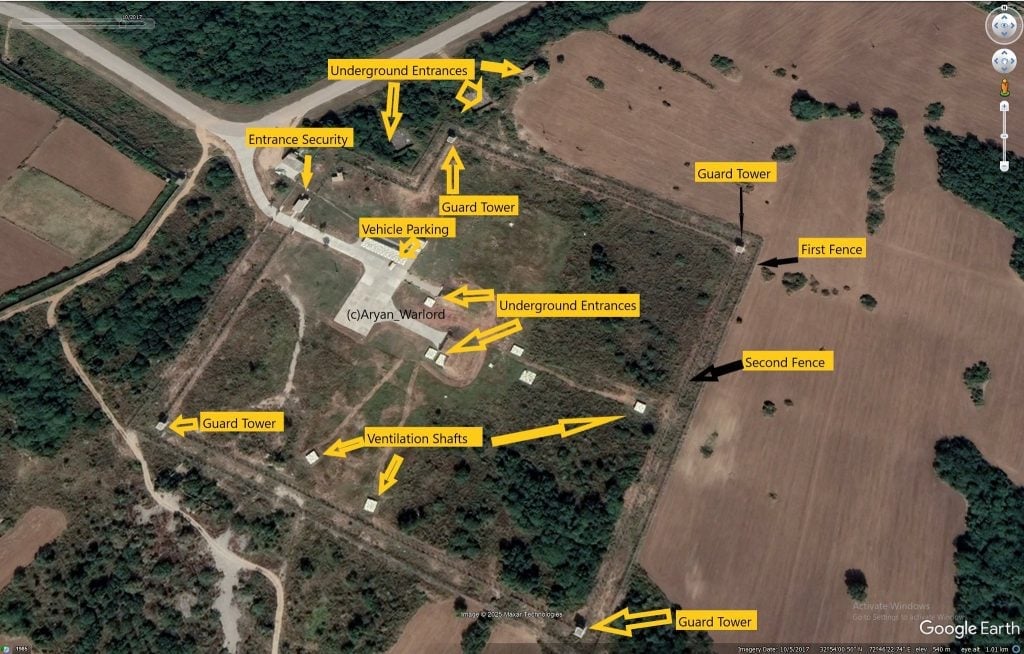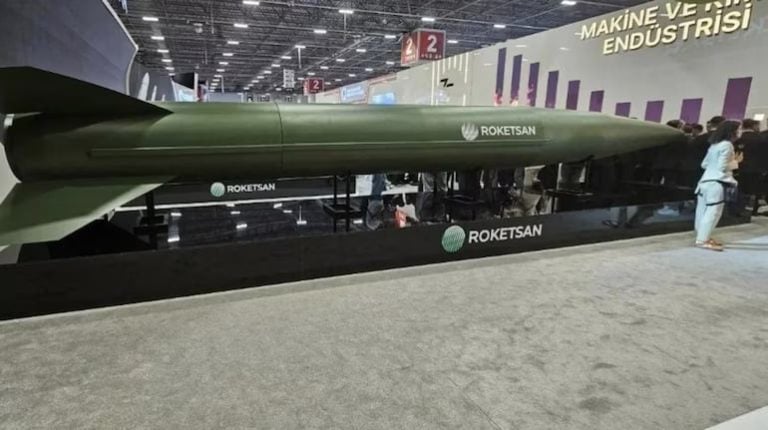During a highly strategic military operation dubbed “Operation Sindoor,” reports have emerged that India successfully neutralized 11 Pakistani air bases, with a significant focus on the heavily fortified Murid Air Base. This installation, located in Chakwal district of Punjab, Pakistan, has been the subject of intense scrutiny, with indications that a deep-penetration airstrike may have targeted its underground strategic assets. Although official confirmation is still awaited, the evidence gathered from satellite imagery, open-source intelligence (OSINT), and expert analysis points toward a highly effective strike that could alter the dynamics of India-Pakistan military engagement and deterrence.
Murid Air Base has been a cornerstone of the Pakistan Air Force since its operational inception in 1942. It plays a pivotal role in advanced military operations, particularly in combat drone and UAV activities that enhance Pakistan’s aerial surveillance and strike capabilities. The base’s command and control infrastructure is crucial for real-time coordination within the PAF, making it a strategic asset of great importance. Furthermore, the installation reportedly houses underground bunkers that may serve to store special weapons and nuclear delivery systems, raising its profile in the military landscape.
Recent satellite imagery analyses, particularly from experts like Damien Symon, reveal significant damage at Murid Air Base, including the destruction of a command and control structure and indications of deep-penetration munitions impacts. The visual evidence shows a notable crater near a suspected underground entrance, supporting claims of a bunker-buster munitions strike aimed at damaging underground facilities.
Open-source intelligence has corroborated these findings with reports of scorch patterns and penetrator craters surrounding the site. Experts have pointed out that the complex within Murid Air Base exhibited heavy fortifications, including double fencing, guard towers, and controlled access, reinforcing the notion that it serves as a storage site for critical military assets.
The targeting of a high-security installation like Murid not only showcases India’s precision strike capabilities but also sends a clear message regarding the nation’s operational reach, even into well-defended territory. The timing of this operation follows a terror attack in Pahalgam attributed to Pakistan-based elements and suggests a calculated response aimed at deterring further acts of cross-border terrorism while attempting to prevent escalation into an all-out conflict.
The potential ramifications of the strike on Murid Air Base could be profound. It may disrupt Pakistan’s UAV operations and expose vulnerabilities in its air defense systems, necessitating a reassessment of military asset positioning, particularly those related to strategic deterrence. Pakistan’s subdued response to the attack hints at a strategic choice to avoid international scrutiny and embarrassment, especially as the operation could have unveiled critical weaknesses in its defenses.
Strategically, India’s ambiguity concerning the operation allows for the retention of geopolitical leverage. This incident might also serve a wider message to regional adversaries, particularly China, regarding India’s capability for deep precision strikes. This demonstrates India’s readiness and sophistication in high-stakes military situations, especially in light of ongoing tensions with China.
In summary, the alleged Indian airstrike on Murid Air Base represents not just a tactical military action, but a possible turning point in the security dynamics of South Asia. Whether or not the operation fully neutralized its intended target, the psychological and strategic implications of this action are unmistakable: India has established its readiness and capability for deep, precise strikes, indicating a significant shift in the region’s military paradigm.



















